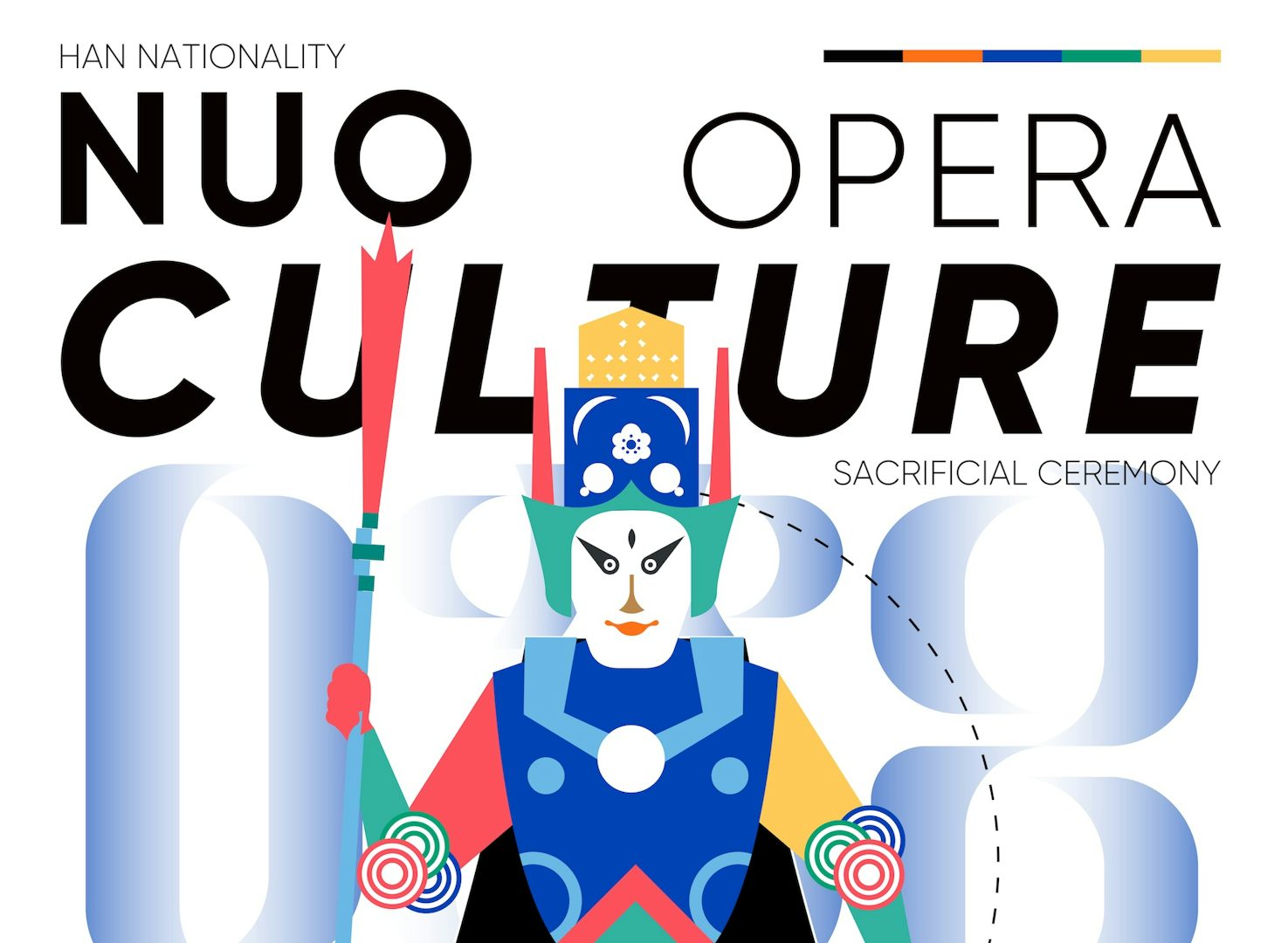Gradwatch 2025: Siyi Chen, University of the Creative Arts
Illustrator Siyi Chen has been chosen as part of our annual Gradwatch showcase, where we celebrate the next generation of talent in the creative industries
It was at university that Siyi Chen found a sense of purpose in design, of sharing intangible Chinese cultural heritage with international audiences.
During her first year she began diving into Piet Mondrian’s work. The study ignited a “lightbulb moment” for the graduate, who began formulating her own visual code, taking inspiration from Mondrian’s use of geometry and colour. “That experience really sparked something in me. Since then, I’ve been exploring how geometric forms and bold colour palettes can become a visual language of their own. Over time, I naturally gravitated towards a minimalist, structured style.”
She began to build her own design language by viewing these elements through a global lens. “I suddenly realised that squares, lines and bold colours could come together to form a visual language that speaks across cultures,” she says.
It was when she started working on projects related to Chinese heritage, however, that her vision and purpose as an illustrator began to crystallise. “I began experimenting with placing ancient ritual symbols and totems into Mondrian-inspired grid systems, reinterpreting them with contemporary colour schemes.
That’s when I truly saw how design could act as a bridge – between old and new, local and global,” she explains. “Now, every visual system I build – from typographic hierarchy to colour rhythm – carries a dual mission: to bring clarity to complexity through geometry, and to turn ancestral wisdom into fresh, compelling stories that resonate with younger audiences, especially those outside of China.”
This formed the basis of her university project Nuo, which began after a chance discovery online of Nuo dance – one of China’s oldest ritual performances, designed to welcome gods and dispel evil spirits. Chen grew fascinated by Nuo culture and began researching it in depth.
“Rooted in exorcism and celebration, Nuo is a form of ceremonial dance that was used to drive away evil spirits and bring peace and protection to communities,” she elaborates. “I reinterpreted the traditional Nuo masks, which are normally very sculptural, by translating their three-dimensional features into flat graphic line work while still retaining a sense of volume. I also designed original decorative patterns for each mask, and explored how to bring these patterns to life through AR animation.
Finding that sweet spot between being true to the culture and speaking a contemporary design language is something I’m still learning
“To introduce interactivity, I drew inspiration from Sichuan opera’s face-changing techniques and created a digital version using TouchDesigner. The result is an interactive installation where the masks transform in real time, creating a playful and engaging experience for viewers. When the project was exhibited during our degree show, a lot of people were intrigued by it and found it really fun to interact with, which, to me, felt like a small step toward reconnecting people with these lost cultural stories.”
Aside from AR animation, Chen utilises the potential of AI as an assistant to her creativity. “I’ve been using tools like ChatGPT to support my creative process, especially when it comes to research. It really helps me organise key information quickly, which saves time and allows me to focus on developing and refining my projects. In that sense, AI has been a useful tool for increasing efficiency and expanding access to ideas.”

Her main challenge, she says, is balancing cultural depth with creative accessibility. “A lot of my work is inspired by traditional Chinese culture, and I really care about keeping the original meaning intact,” she highlights, “but I also want to make it relatable and engaging for modern audiences, especially people outside of China. Finding that sweet spot between being true to the culture and speaking a contemporary design language is something I’m still learning.”
Rather than dive into the job market, Chen has chosen to continue studying and has applied for a master’s course in digital media, through which she hopes she can explore interaction design in more depth. “I love this field – not just to create visuals, but to spark curiosity, dialogue and connection through storytelling.
“Looking ahead, I’d love to become a designer who makes culture feel fun, fresh, and approachable. Whether that’s through visuals, tech, or interactive experiences, I want to keep experimenting and see where it takes me.”










